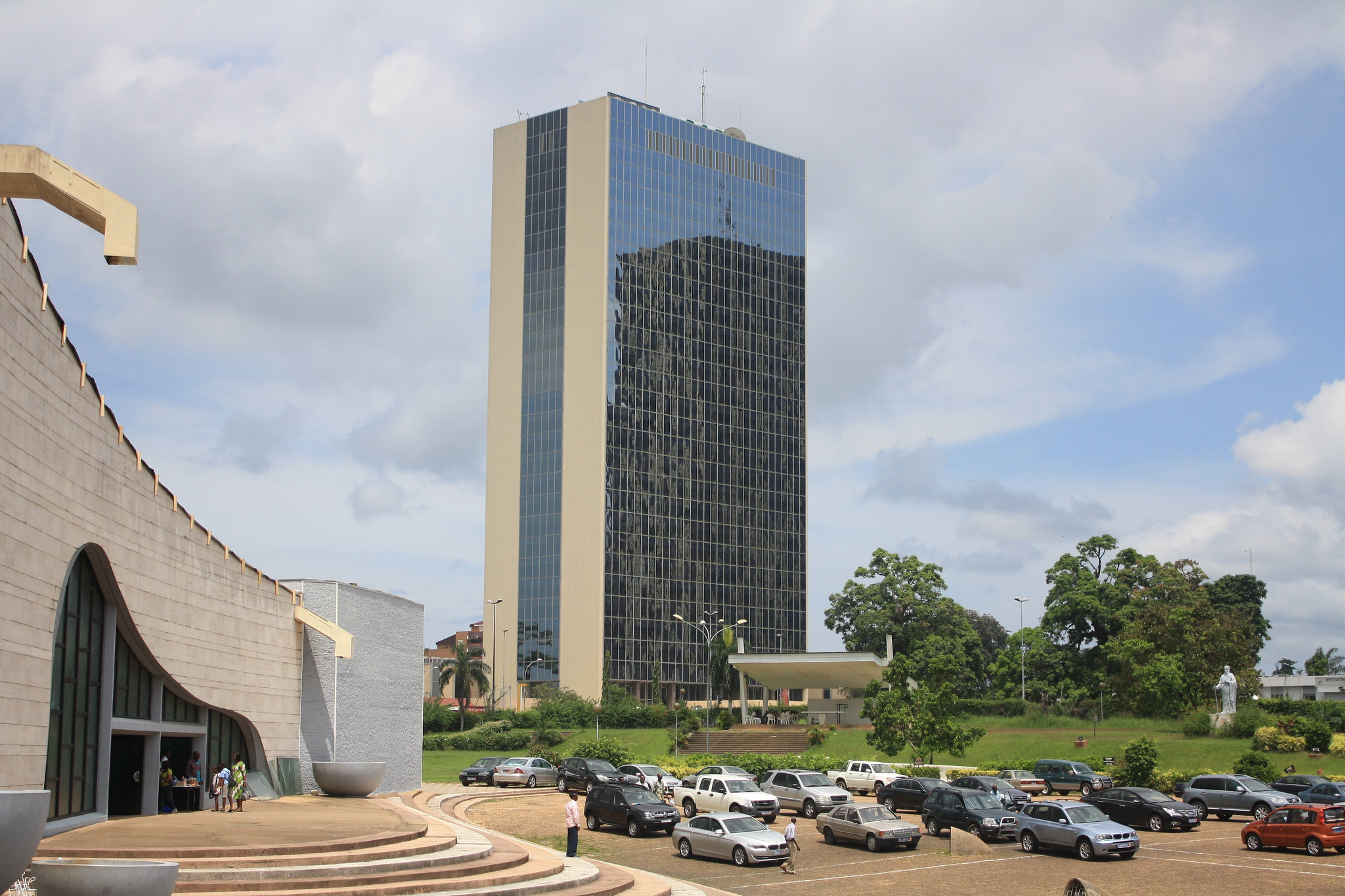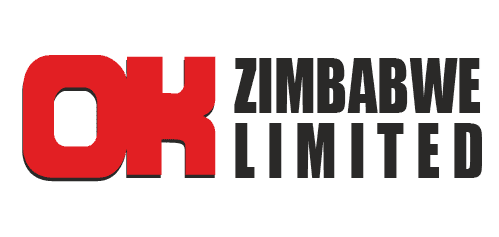Extended USD tenure to boost market confidence
Export receipts were down by 9,6 percent from US$5,25 billion recorded January-September 2022 to US$ 4,75 billion for the same period in 2023.
THE Government’s decision to extend the tenure of the multi-currency regime beyond 2025 is expected to boost market confidence and further drive growth of US dollar deposits and lending in Zimbabwe, a senior official said.
Zimbabwe has seen US dollar deposits increase from US$300 million in 2018 to US$1,6 billion in 2023, benefiting from growing confidence about the security of hard currency in local banks, according to Reserve Bank of Zimbabwe Governor Dr John Mangudya.
The central bank chief said this while addressing members of parliament on Wednesday during a 2024 pre-budget presentation of key areas of focus in next year’s fiscal plan.
“Confidence in the banking sector improved significantly, as depicted in foreign currency deposits from around U$300 million in 2018 to US$1,6 billion as of the end of September 2023.
“SI 218 of 2023, which extended the deadline for the use of foreign currency to 2030 will further boost confidence and promote lending in US dollars,” he said.
The growth in deposits also comes at a time when the economy has largely dollarised.
The multi-currency was initially targeted to run just the full duration of the National Development Strategy (NDS1), which is Government’s five-year economic blueprint for the period 2020 to 2025.
Through Statutory Instrument 218 of 2023, President Mnangagwa extended the duration of the multi-currency to 2030, entrenching into law the use of US dollar-dominated currency beyond 2025, the initial multi-currency cut-off deadline, after which Zimbabwe would revert to exclusive domestic currency.
According to the Zimbabwe National Statistics Agency, more than 80 percent of domestic transactions are now being executed in foreign currency, mainly US dollars.
Zimbabwe first adopted the multi-currency regime in February 2009 as it sought to stabilise the economy during hyperinflation, which hit 500 billion percent in 2008, according to the International Monetary Fund.
There have always been lingering fears among depositors that their forex accounts would be raided by the State again, as happened at the height of Zimbabwe’s economic challenges over the decade to 2008, to meet national priority needs.
This resulted in very few economic agents willing to use or keep their money in local bank accounts.
But Finance, Economic Development, and Investment Promotion Minister Mthuli Ncube assured investors, since the new administration came to power in 2017, that the Government would not touch private funds, as it had its own sources of hard currency income.
Commenting on the state of Zimbabwe’s banking sector, Mangudya said lending rates for US dollar loans were driven by international conditions such as secured overnight financing rate and country risk.
“The average secured overnight financing rate increased significantly from the historical long-term average of 1,76 percent to the current level of 5,31 percent. If SOFR decreases, then the domestic USD lending rates would also decline in tandem with the international rates,” he said.
“As global inflationary pressure recedes, we anticipate a reduction in US dollar interest rates,” Dr Mangudya said. The RBZ governor said the bank had been adjusting interest rates with a view to balance between inflation reduction and economic growth.
Looking ahead, in terms of policy imperatives, Dr Mangudya said there was need to create super demand for the local currency, to ensure the economy can sustain itself, by ensuring all sectors of the economy settle part of their tax obligations in Zimbabwe dollars.
“The requirement to pay taxes in Zimbabwe dollars increases its role as a store of value and as a medium of exchange,” Dr Mangudya said. The central bank chief said it was critical to finalise and publicise the dedollarisation roadmap to provide guidance to economic agents and markets to enhance certainty and predictability in domestic transactions.
The Zimbabwean dollar has been slowly losing relevance as the economy moves towards full dollarisation.
Zimbabwe’s largest industrial lobby, the Confederation of Zimbabwe Industries, noted recently that the Zimbabwean credit market was also now highly dollarised, with US dollar loans constituting 94 percent of the loan book, adding that foreign currency deposits in M3 (broad money supply) increased from 58,9 percent in June 2022 to 87,5 percent in June 2023.
In terms of inflation, Dr Mangudya said month on month the rate declined from 12,1 percent in June 2023 to 2,5 percent in October, and from 30,9 percent to 17,8 percent on an annualise basis, the annual rate should trend down to below 10 percent next year.
He also said authorities should continue to incentivise the uptake of Zimbabwe Gold (ZiG) tokens, for which 373,47 kilogrammes have already been bought for $80 billion, ahead of their use for transactional purposes.
Already, the ZiG benefits from low intermediated money transfer tax.
To promote the use of banking, Dr Mangudya said financial institutions should continue to move towards opening “no frills” bank accounts to ensure bank charges are not a barrier to the use of the banking system.-ebusinessweek










